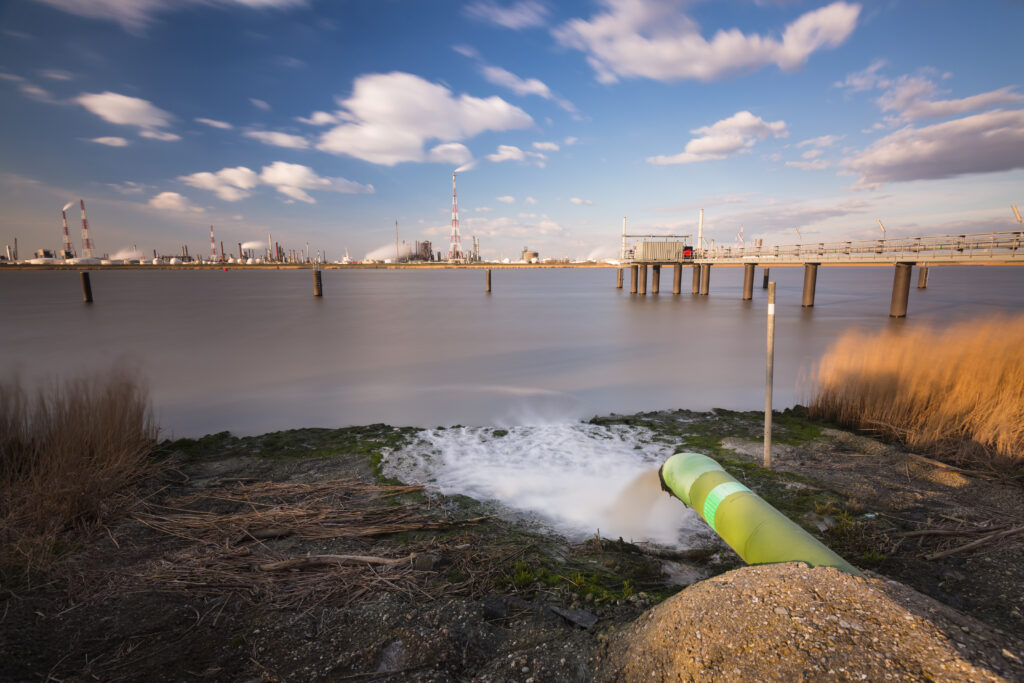Why is reverse osmosis not a long-term solution for purifying fresh water?
Reverse Osmosis (RO) is a method used in water treatment. It was developed to remove salt from seawater and remains the leading technology for that purpose worldwide. Many rural and urban communities in India, however, have turned to RO technology as a means to purify drinking water from fresh water sources, including pre-treated municipal water. This widespread use is a result of aggressive marketing by businesses, particularly as a household product in urban sectors in India. Even armed forces have not been immune to the influence of advertisements and propaganda driven by companies. As a result, there has been a surge in private vendors who are permitted to operate RO plants in garrison or antonments, to supply drinking water as an alternate source. [1] Community level RO systems continue to be installed in rural areas by various NGOs (Non-Governmental Organizations) through state-sponsored programs.[2] It is important to increase awareness about the damage that the irresponsible use of RO technology can cause, both to the environment and health.
So why is RO not recommended to purify fresh water?
Demineralisation of Water
First and foremost, consumers need to understand that the process of reverse osmosis results in demineralised water, i.e. almost free of naturally dissolved minerals. The process is far from efficient, resulting in the loss of more than 80% of the treated water. Further, Demineralised water is highly aggressive and leaches out metals and other materials from pipes and associated plumbing parts.3 In some cases, the processed water is remineralised i.e. a few minerals are added to the water in an additional step. Regardless, the effects of drinking demineralised water are generally not considered because such water is not found in nature, except possibly for rainwater and naturally formed ice.[3] While the high risks of drinking contaminated water or consuming excess ions are well-known, the risks from long-term demineralised water are less recognised.

Health Concerns
Sufficient evidence is available to confirm the health consequences from drinking demineralised water deficient in calcium or magnesium.[3] Many studies indicate that higher water magnesium decreases the risk for cardiovascular diseases (CVD),[4] especially for sudden death from CVD. This relationship has been corroborated through different independent studies.[3] In addition, intake of water low in magnesium may be associated with a higher risk of motor neuronal disease, pregnancy disorders (so-called preeclampsia), sudden death in infants, and some types of cancer.[3] Intake of water low in calcium has been associated with a higher risk of fracture in children, certain neurodegenerative diseases, pre-term birth and low weight at birth and certain cancers. More recently, a preliminary study conducted in Western India has indicated a potential link between Vitamin B12 deficiency and consumption of RO processed drinking water (>five years).[5]
“A blockquote highlights important information, which may or may not be an actual quote. It uses distinct styling to set it apart from other content on the page.”
Regulatory Action: A step in the right direction
In May 2019, National Green Tribunal (NGT), India recognised these concerns and issued an order to the Ministry of Environment, Forest & Climate Control (MoEF&CC) to prohibit the use of RO where the total dissolved solids (TDS) in water is less than 500 mg/l. Also, wherever RO is permitted, a requirement has been laid down for recovery of water to be more than 60%.
It is now up to the manufacturers to adhere to this order and responsibility of consumers to understand its scientific basis and impacts before rushing to get RO-systems installed in their homes.
Sources:
[1] Col. K. C. Verma and Lt. Col. A. S. Kushwaha, Medical Journal Armed Forces India, 377, 2014
[2] L. M. Sharma and R. K. Joshi, Institute of Rural Research and Development, ‘Reverse Osmosis is not a Viable Option for Water Purification in Water Stressed Regions of India’ (accessed online through indiawaterportal.org, Sep 2019)
[3] Nutrients in Drinking Water, World Health Organisation (WHO), 2005
[4] M. Shlezinger et al International Journal of Cardiology 220, 544, 2016
[5] E. K. Gupta et al, Journal of Clinical and Diagnostic Research, 10: OC37, 2016
